Tripatini
the world's smartest travel social network
Ancient Ephesus: A Bucket-List Destination in Turkey
Ephesus was a Greek city founded approximately 3,000 years ago in Asia Minor in what is now western Turkey, near a town called Selçuk. A visit here - often during a Mediterranean cruise port call at Kuşadasi - gives the imaginative global traveler a marvelous sense of what life was like in the golden age of Greece and subsequently Rome.
The Rise and Fall of a Great City
In the time of Christ Ephesus was a thriving seaport, but back in the second century BCE it was the largest city in Roman Asia, with its population ranked fourth in the Empire, behind Rome itself, Alexandria, and Antioch. But as its harbor silted up over the ensuing centuriies, pushing the coastline farther and farther away (now it's nearly six miles), the city declined, and by the time the Crusaders arrived from Europe in 1300, the once great seaport was little more than a small mosquito infested village on a marshy plain; by the 15th century it was totally abandoned.
Left behind, however, is a glorious collection of Roman ruins - the largest east of the Mediterranean Sea, and in fact a UNESCO World Heritage Site.
As one walks through the vast remains of vanished glory, it is hard to imagine that even today, only about 15 percent of this enormous city has been excavated.
A Leader in its Time
Because Ephesus was an early bastion of women’s rights, the ancient city’s society was considered quite progressive for the region. On the darker side, from 100 BCE to 100 CE the city was also the capital of a flourishing slave trade.
Legend also has it that the first commercial brothel was introduced to the public in Ephesus, as were public restrooms (there were apparently few private moments in the public toilets of the day, as evidenced by the photo below!).
Of the hundreds of ruins here, there are three that are especially significant: the Library of Celsus, the Temple of Artemis, and the Grand Theater of Ephesus.
The Library of Celsus
A world recognized icon that was built by the son of the Roman governor of Asia to honor his father in 117 CE. The Library of Celsus is an excellent example of how the Greeks influenced Roman public architecture back then. Thought to have housed more than 12,000 written scrolls, the library's interior and contents were destroyed during a Goth invasion in 262 CE, leaving only the ruins of the façade.
The Temple of Artemis
History records that the Temple of Artemis, considered one of the Seven Wonders of the Ancient World, was rebuilt three times (after a flood and fire), the final time in the 4th century BCE, lasting until that fateful 262 CE sackiing of the city by the Goths. There are few visible remains of the once great temple, with little more than one lonely column to mark the site. However, standing near the excavation invites the mind to imagine the enormity and magnificence of the once great ancient structure.
The Grand Theater of Ephesus
The Grand Theater seated 25,000 spectators and was the largest amphitheater in the ancient world.
It was the site of popular Greek plays and games, then gladiator exhibitions and other public spectacles in the Roman era that followed
If You Go
Tours of Ephesus leave from all major Turkish cities and ports, and comfortable accommodations are readily available throughout the region. It's about 13 miles from Kusadasi and 35 miles from Adnan Menderes Airport in Izmir (word to the wise: everything at the Izmir airport is very expensive, so buy all your sundries before you arrive!).
Happy travels!
Copyright © 2019 Visit great vacation destinations with Wayne and Judy Bayliff
Photos Copyright © 2019 Judy Bayliff
Videos
Groups
-
India
173 members
-
Tour Operators
873 members
-
Ireland
93 members
-
South Dakota
17 members
-
Azerbaijan
17 members
-
Shopping the World
55 members
-
Tech for Travel/Hospital…
87 members
-
Andorra
26 members
-
Online Corner
75 members
-
Minnesota
22 members
-
Backpackers & Hostels
84 members
-
Portugal
60 members
-
Turks and Caicos
26 members
-
Agritourism/Farmstays
72 members
-
Zambia
21 members
© 2025 Created by EnLinea Media.
Powered by
![]()
Badges | Report an Issue | Privacy Policy | Terms of Service

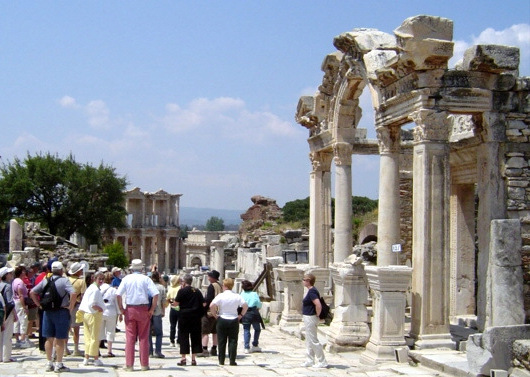
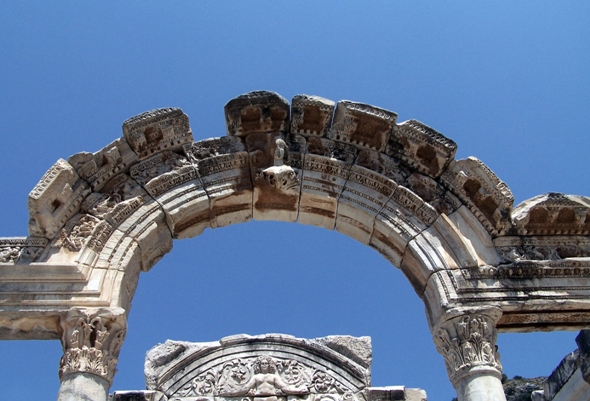
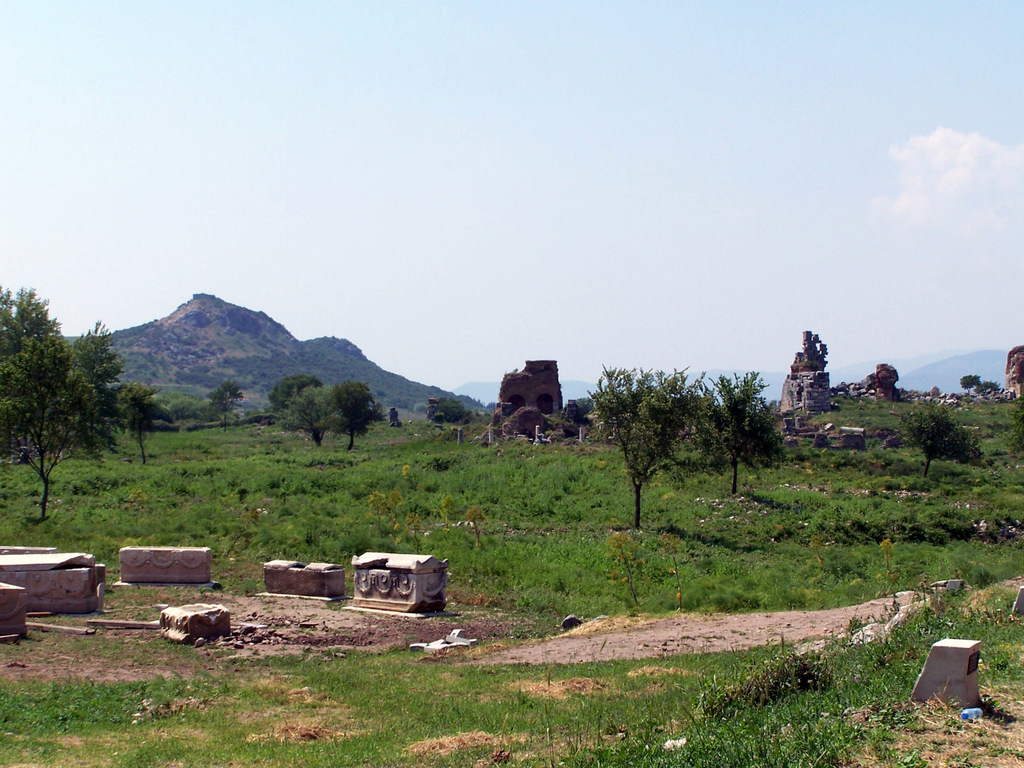
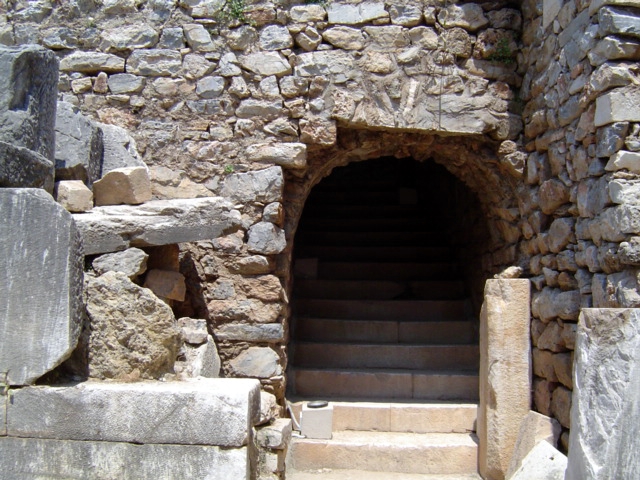
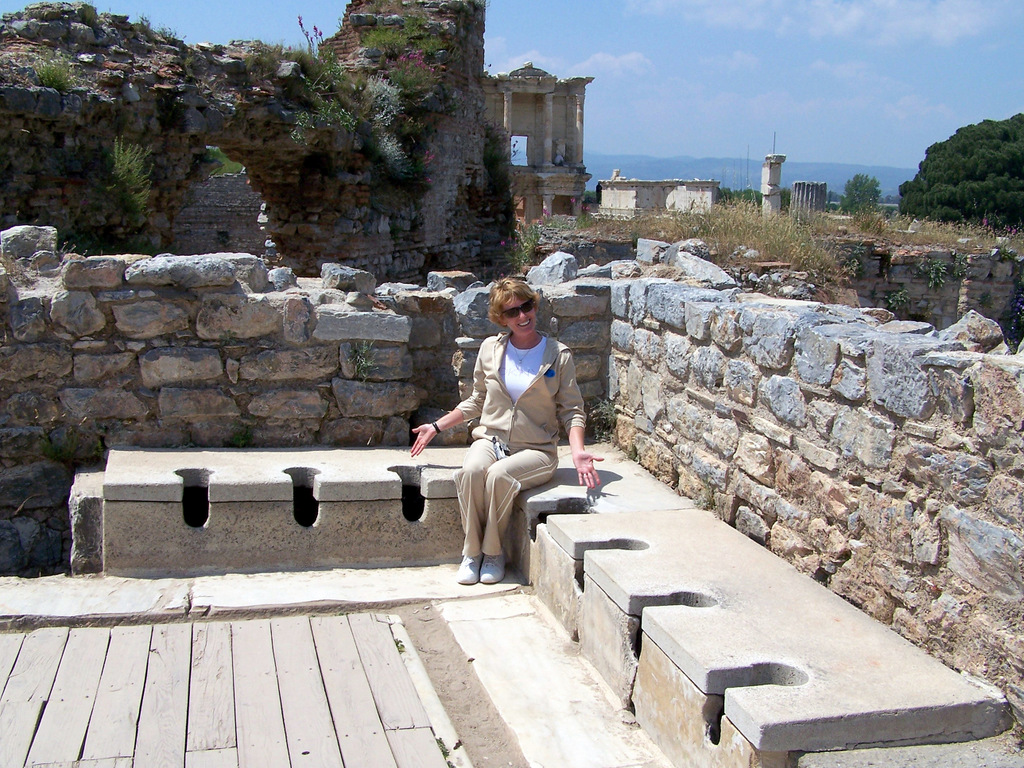
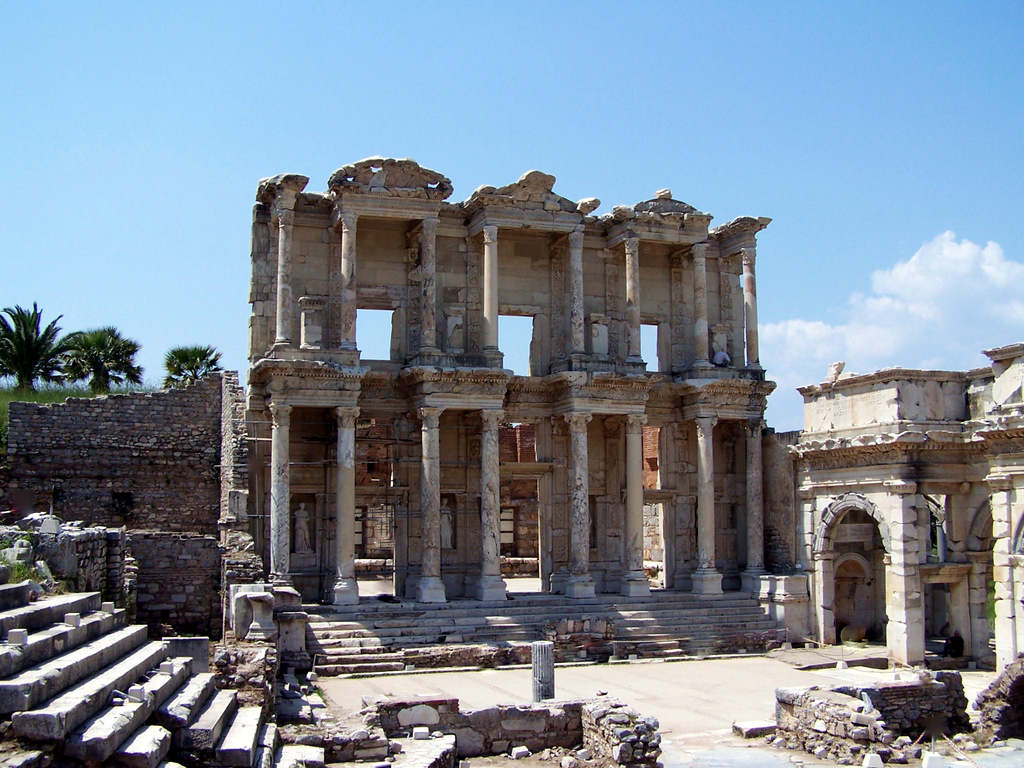
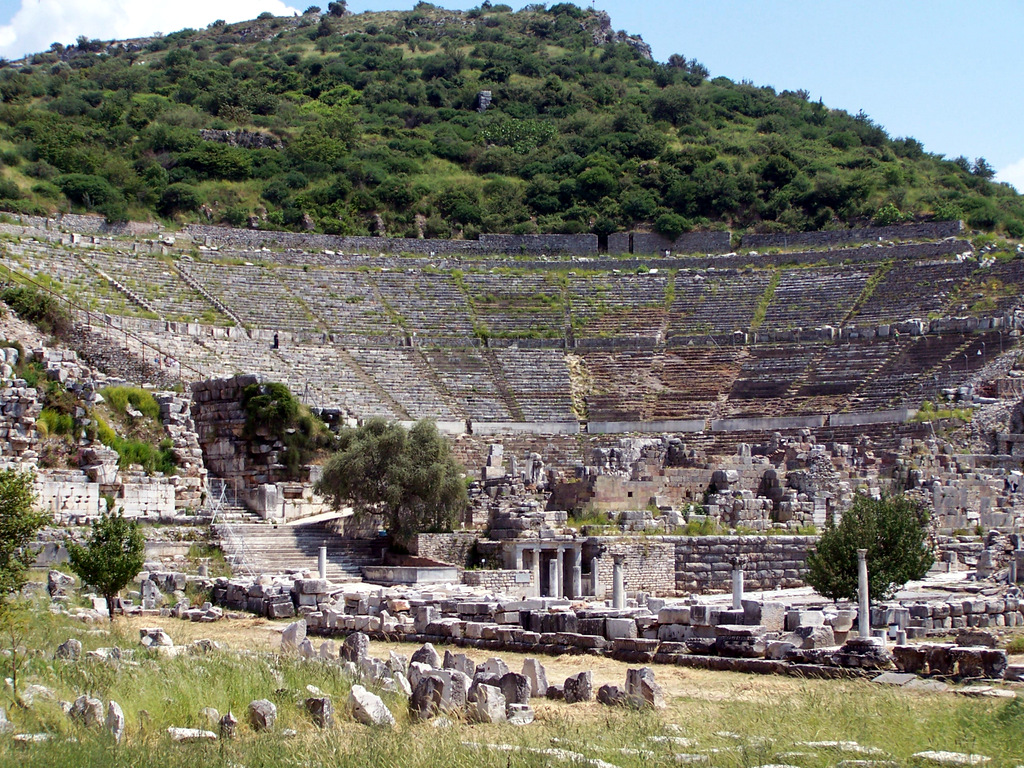
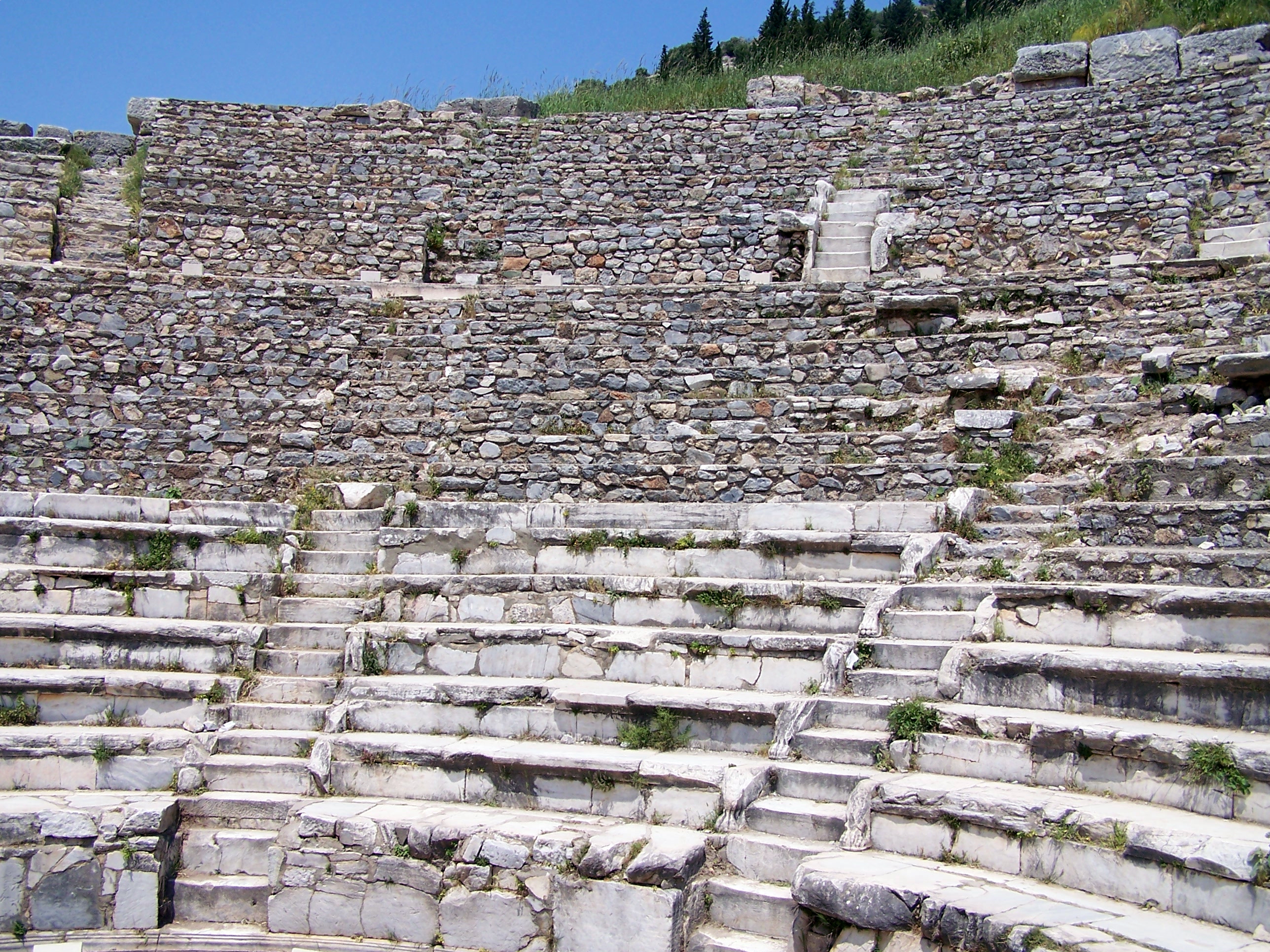
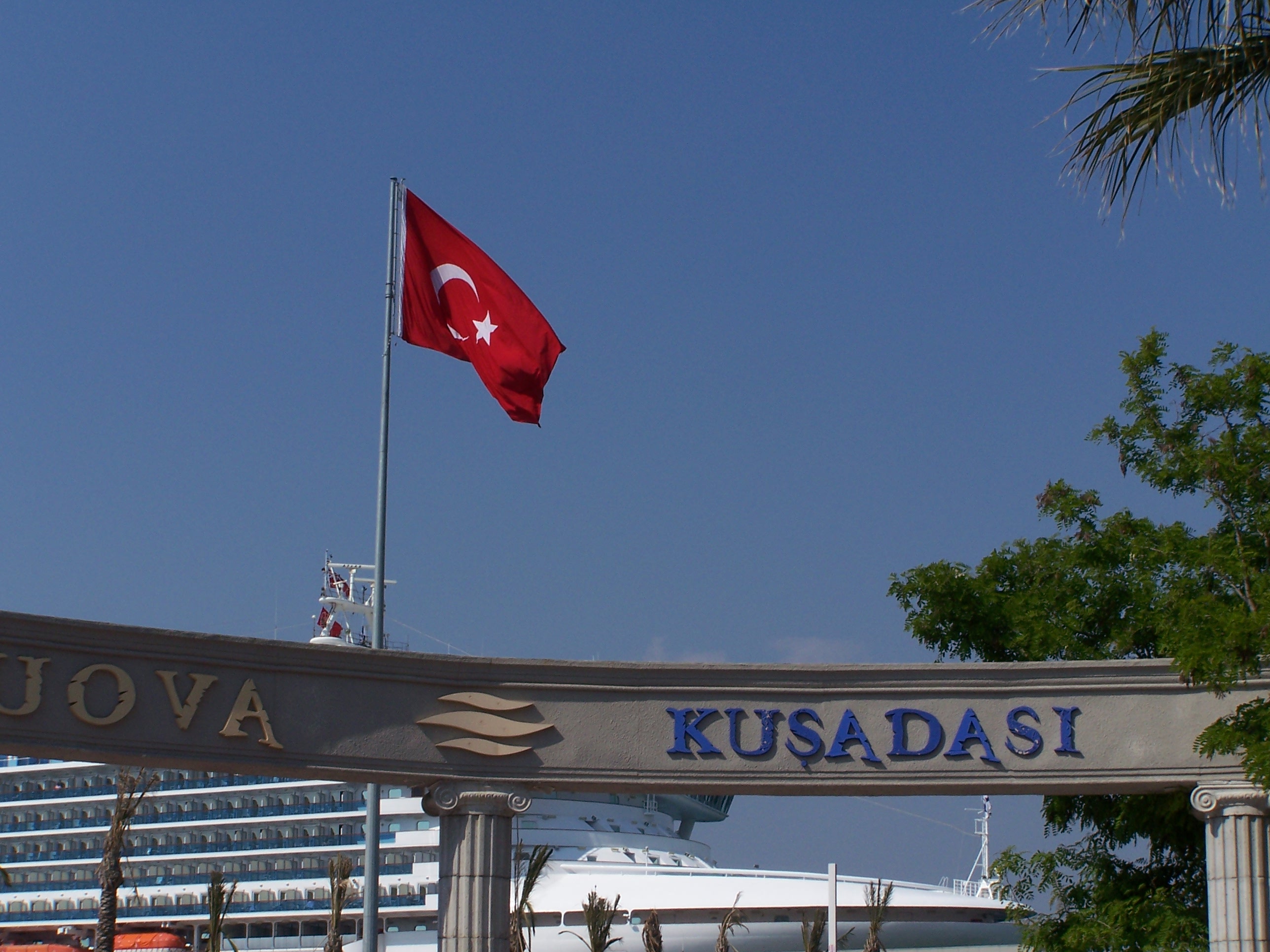
You need to be a member of Tripatini to add comments!
Join Tripatini